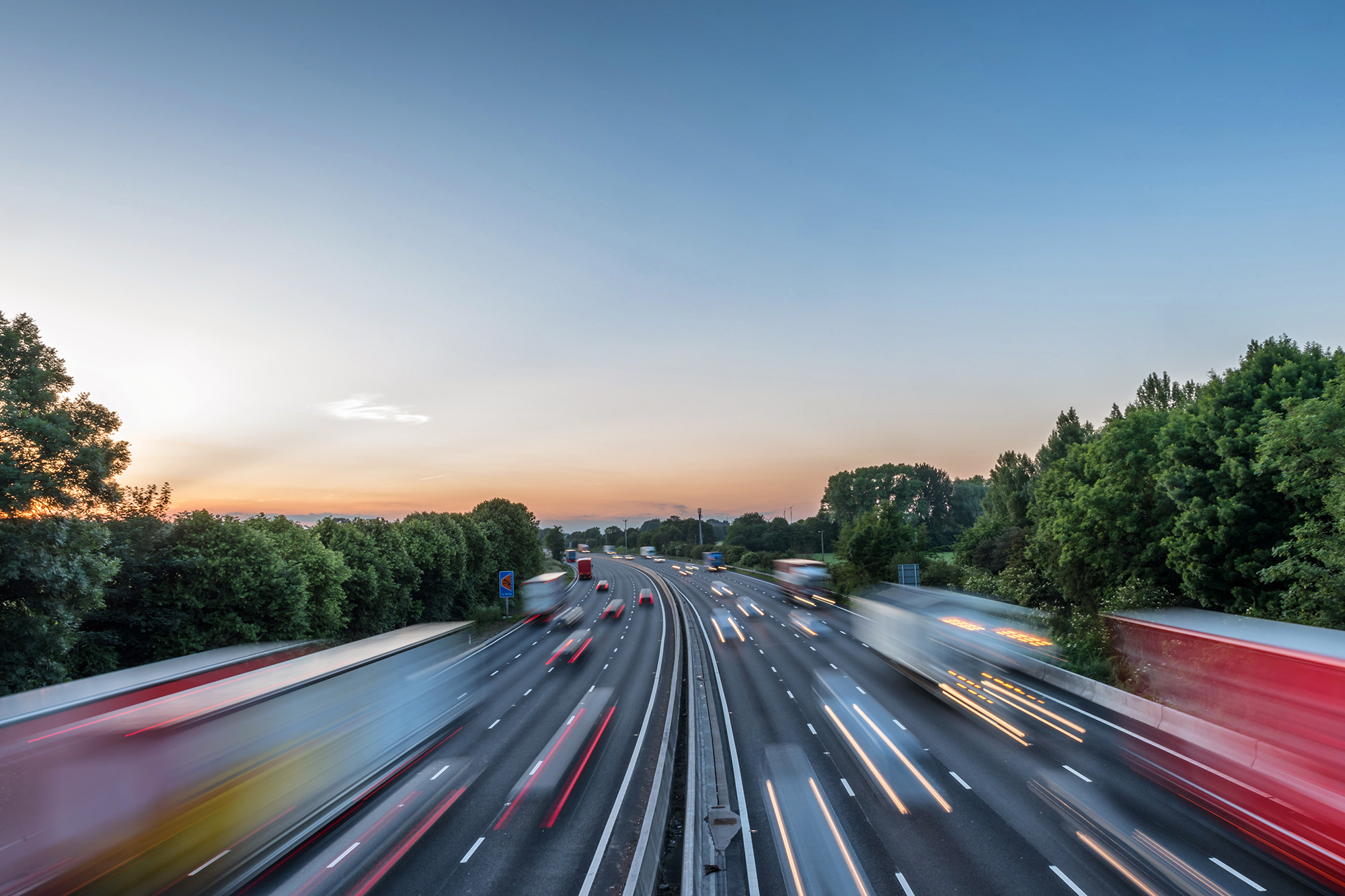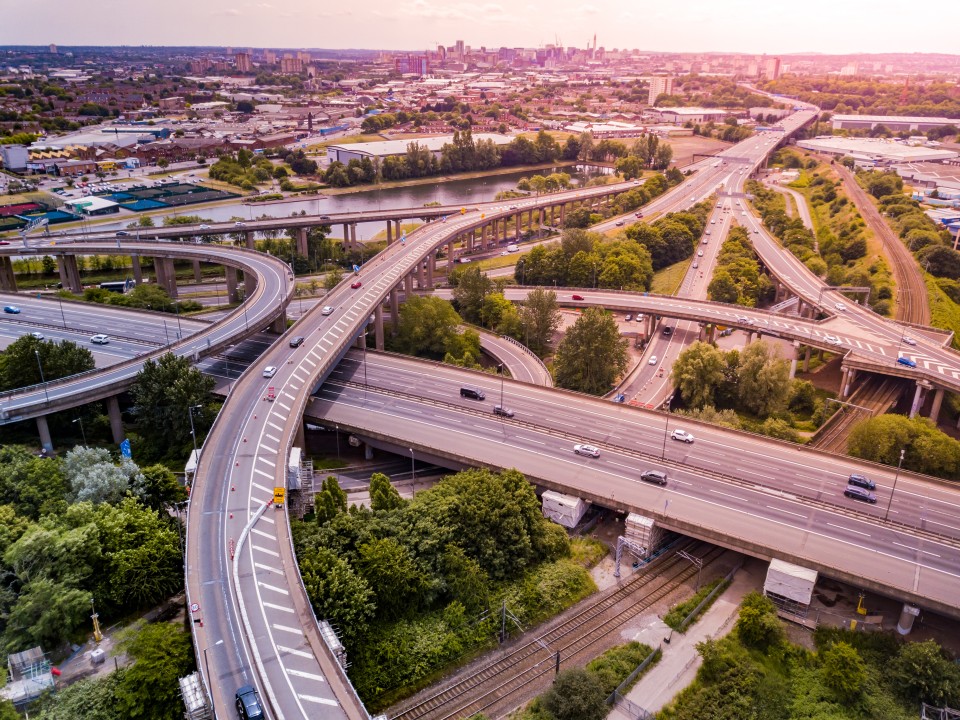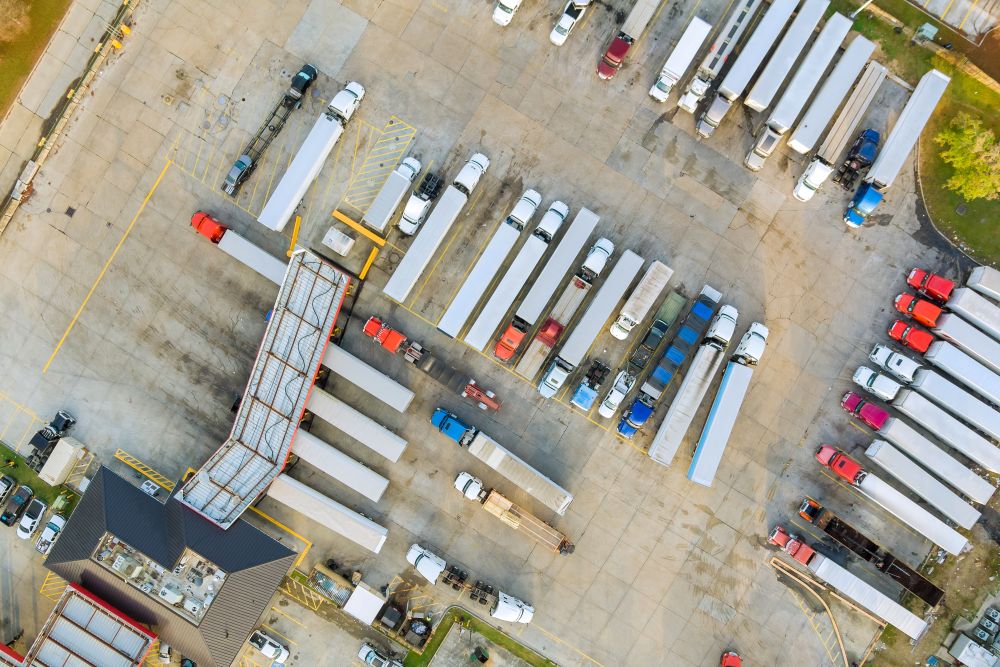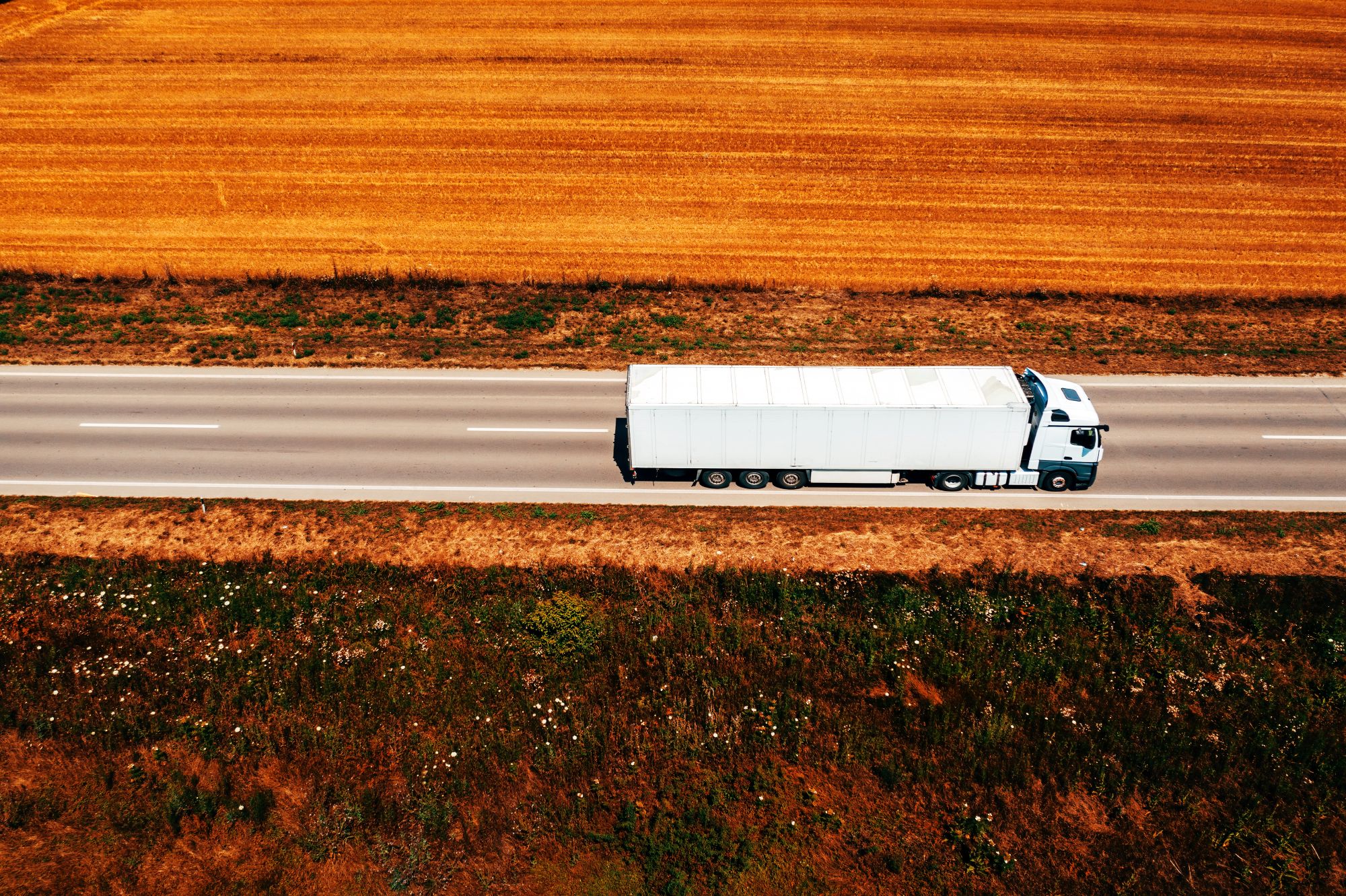
Susie Jones
¿Adónde va a parar la tasa?
Creado: 22/08/2024
•
Actualizado: 22/08/2024
El 1 de agosto de 2023, el Gobierno reintrodujo la tasa sobre los vehículos pesados después de tres años de suspensión. Desde su introducción en 2014, la tasa ha sido un acontecimiento habitual pero desagradable para el sector del transporte, que ha dejado a muchos conductores y flotas preguntándose cuáles son sus beneficios.
¿Qué es el gravamen sobre los vehículos pesados?
El sitio web del Gobierno afirma que el gravamen sobre los vehículos pesados:
"Garantiza que todos los camiones de 12 toneladas o más contribuyan cuando utilicen las carreteras del Reino Unido".
¿Para qué sirve?
La tasa aborda el impacto medioambiental y los costes de infraestructura que los vehículos pesados de transporte de mercancías tienen en el Reino Unido. Su finalidad y los beneficios que propone son los siguientes:
Equidad - La tasa garantiza que los camiones que ejercen una presión significativa sobre la infraestructura vial contribuyan con su parte a los costes de mantenimiento y desarrollo.
Emisiones - Debido al impacto medioambiental de los vehículos pesados, la tasa fomenta la utilización de vehículos más limpios y eficientes.
Mantenimiento de las carreteras - La financiación procedente de la tasa sobre los vehículos pesados de transporte de mercancías mantiene y mejora la infraestructura viaria, garantizando que quienes se benefician de la red de carreteras contribuyan directamente a su mantenimiento.
¿Por qué se suspendió la tasa sobre los vehículos pesados?
Durante la pandemia de 2020, para ayudar a reducir las responsabilidades financieras de los transportistas británicos y extranjeros, el Gobierno suspendió el gravamen sobre los vehículos pesados: estaba prevista una suspensión de un año, pero se amplió a tres.
Se ha reintroducido la nueva tasa sobre los vehículos pesados, que tiene en cuenta principalmente las emisiones, el peso y el tiempo de permanencia en el Reino Unido. Los transportistas tendrán que pagar entre 150 y 749 libras en función del peso del vehículo (incluido el peso del remolque), su clase de emisiones Euro y el tiempo que pase en el Reino Unido.

¿Dónde quieren los conductores que se gaste la tasa?
Un informe compartido por la RHA afirmaba que sus miembros querían que las señales de huelga en los puentes se pagaran con la tasa. Sin embargo, una encuesta realizada a través de Facebook reveló que el 75% de los conductores querían que el dinero de la tasa para vehículos pesados se destinara a mejorar las instalaciones en carretera.
El camionero Luke quería que "la tasa de camiones se invirtiera en aparcamientos seguros, higiénicos y asequibles antes que en cualquier otra cosa".
Dado que las paradas de camiones son un refugio para los conductores, es vital que les ofrezcan unas instalaciones excelentes y un aparcamiento seguro. Para muchos conductores, son algo más que un lugar donde descansar y repostar: son un lugar que desempeña un papel crucial en la mejora del bienestar.
Los conductores Ian y Peter quieren que el dinero se invierta en ampliar la red por todo el Reino Unido.
"Necesitamos más lugares para aparcar con seguridad", afirma Ian. Peter explica que el sector necesita urgentemente "mejores instalaciones en las paradas, así como nuevas paradas de camiones."
Aunque la reintroducción de la tasa sobre los vehículos pesados ha sido recibida negativamente por el sector del transporte, las empresas deben aceptar que ha llegado para quedarse. Su función es garantizar ingresos para el mantenimiento de las carreteras y es vital para fomentar una industria limpia y más eficiente.
¿Quién debe pagar la tasa de circulación de vehículos pesados?
Los operadores y conductores son responsables del pago de la tasa. Los vehículos no británicos deben pagar antes de entrar en el país. Los camiones matriculados en el Reino Unido tendrán las tasas calculadas automáticamente por la DVLA y pagadas en la misma transacción que el impuesto de ejercicio del vehículo.
¿Sigue financiando el Gobierno la formación de conductores de vehículos pesados?
Para ayudar a aliviar la presión que el Brexit y la pandemia han ejercido sobre la industria del transporte, en 2021 el Gobierno introdujo planes para conseguir más conductores en la carretera. La financiación proporcionó formación a 4.000 conductores para que obtuvieran su licencia HGV. Los HGV Skills Bootcamps se abrieron para financiar también a otros estudiantes adultos.
El Ministerio de Educación ha confirmado que la financiación se prolongará hasta el final del curso académico 2023.



